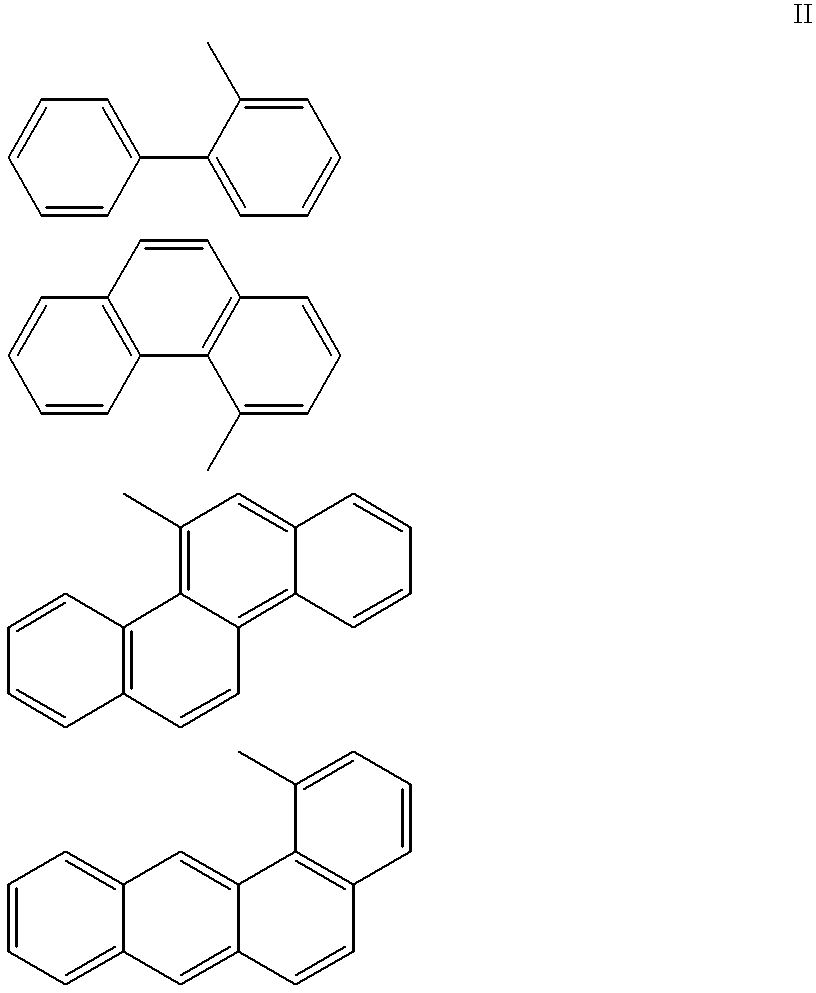Polymerization process for olefin copolymers using bridged hafnocene compounds
a technology of olefin copolymer and bridged hafnocene, which is applied in the field of ##ethylene copolymer elastomer, can solve the problems of adding to the complexity and cost of the method for industrial us
- Summary
- Abstract
- Description
- Claims
- Application Information
AI Technical Summary
Benefits of technology
Problems solved by technology
Method used
Image
Examples
example 1
Polymerizations were run as generally indicated above under the specific conditions shown with the metallocene dimethylsilyl bis(indenyl) hafnium dimethyl and the activators A and B described.
TABLE I(b)
comparing examples 1-2 and 14
with 1--1 (comparative) illustrates a clear increase in molecular weight using cocatalyst B over cocatalyst A under the conditions described. Mooney viscosity increased from a value too low to measure to 12.9 and this increase is confirmed by GPC. Surprisingly, cocatalyst B provided over twice the molecular weight at similar ethylene conversions and catalyst efficiencies.
example 1-3
conditions yielded a 10% C.sub.2 copolymer with a 3.1 Mooney. This high molecular weight product, having 90% propylene in largely isospecific orientation, was a particularly surprising result in view of early work with isospecific catalysts when high amounts of propylene were used, relative to ethylene.
PUM
| Property | Measurement | Unit |
|---|---|---|
| Angle | aaaaa | aaaaa |
| Temperature | aaaaa | aaaaa |
| Fraction | aaaaa | aaaaa |
Abstract
Description
Claims
Application Information
 Login to View More
Login to View More - R&D
- Intellectual Property
- Life Sciences
- Materials
- Tech Scout
- Unparalleled Data Quality
- Higher Quality Content
- 60% Fewer Hallucinations
Browse by: Latest US Patents, China's latest patents, Technical Efficacy Thesaurus, Application Domain, Technology Topic, Popular Technical Reports.
© 2025 PatSnap. All rights reserved.Legal|Privacy policy|Modern Slavery Act Transparency Statement|Sitemap|About US| Contact US: help@patsnap.com


